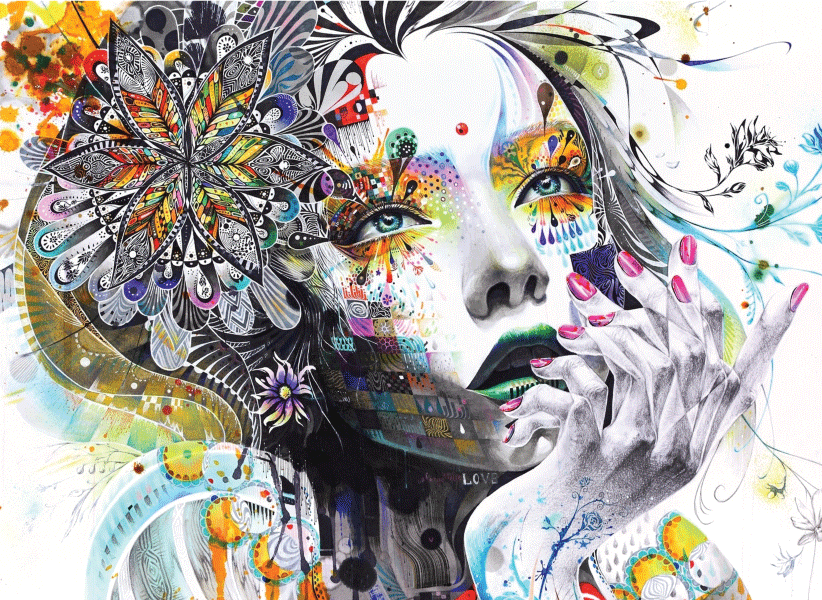Introduction
User experience (UX) design is crucial in creating successful products and services in today’s digital age. Whether it’s a website, mobile app, or software application, how users interact with these digital platforms can determine their success or failure. In this beginner’s guide, we will explore the fundamentals of UX design and provide valuable insights into creating seamless digital experiences that delight users.
Understanding User Experience
What is User Experience (UX) Design?
User Experience (UX) design enhances user satisfaction by improving the usability, accessibility, and overall pleasure derived from a product or service. It encompasses various elements, including visual design, information architecture, interaction design, and usability testing. UX design aims to create intuitive, efficient, and enjoyable experiences for users.
Key Principles of UX Design
Designing with the User in Mind
To create compelling user experiences, it’s essential to adhere to several key principles of UX design. These principles serve as guiding principles throughout the design process and help ensure that the end result meets the needs and expectations of the target audience.
User Research and Understanding
Getting to Know Your Users
User research is a crucial step in the UX design process. It involves gathering insights about the target users, their goals, behaviours, and preferences. By understanding users’ needs and motivations, designers can create tailored experiences that align with their expectations.
Information Architecture and Interaction Design
Structuring for Seamless Navigation
Information architecture and interaction design are fundamental aspects of UX design. Information architecture involves organizing and structuring content in a way that is logical and easy to navigate. Interaction design focuses on defining how users interact with the system, including placing buttons, menus, and other interactive elements.
Visual Design and Prototyping
Creating Engaging Interfaces
Visual design is the aesthetic aspect of UX design, which involves creating visually appealing and cohesive interfaces. It includes colour schemes, typography, iconography, and imagery. Prototyping is essential in the design process, allowing designers to create interactive representations of their ideas and gather user feedback.
Usability Testing and Iteration
Improving User Experience Through Testing
Usability testing involves observing users interacting with a product or service to identify usability issues and gather feedback. It helps designers uncover any pain points and areas of improvement. Iteration is the process of making continuous refinements based on user feedback, ensuring that the final product delivers an exceptional user experience.
Conclusion:
User experience (UX) design is a multidisciplinary field that combines elements of psychology, design, and technology to create seamless digital experiences. By understanding the principles and following a user-centric approach, designers can craft products and services that meet user needs, enhance satisfaction, and drive business success. As you embark on your journey into UX design, remember to put the user at the forefront of your design decisions, continuously iterate based on feedback, and strive for simplicity and clarity in your designs. With these foundations in place, you’ll be well on your way to creating exceptional user experiences.


